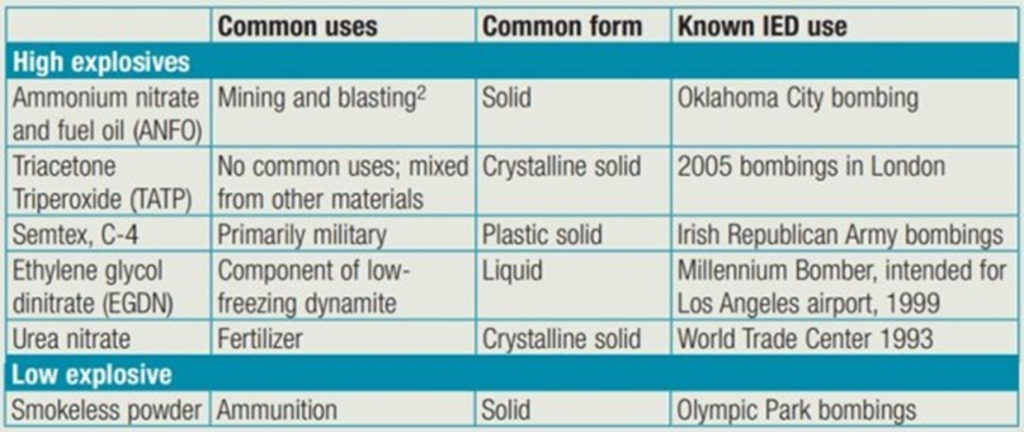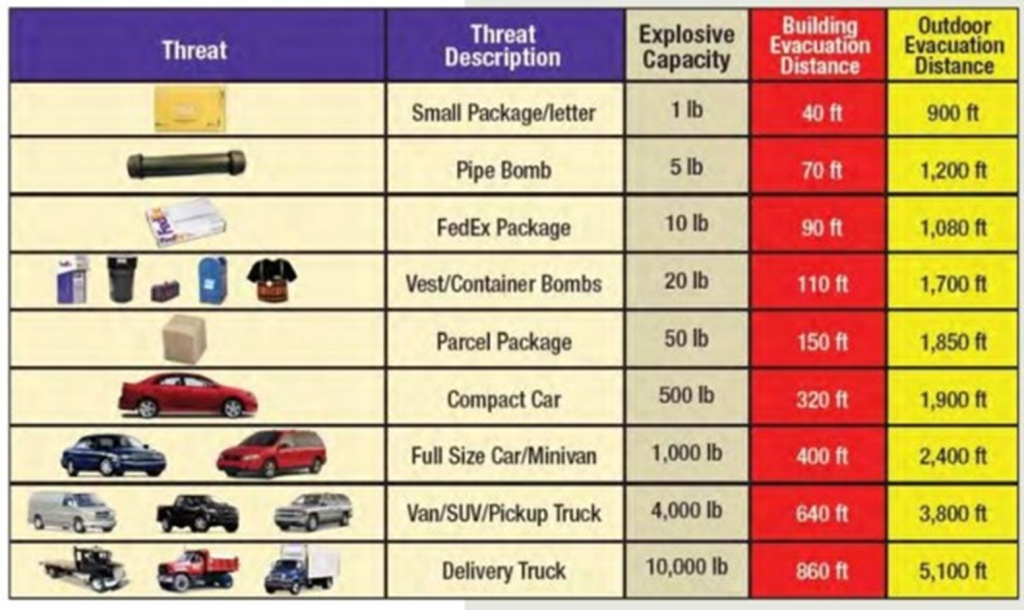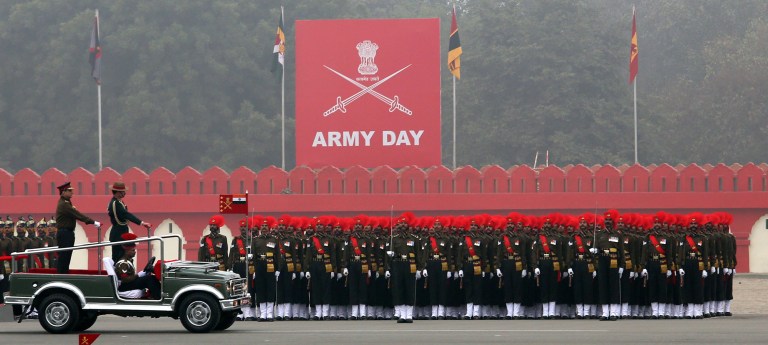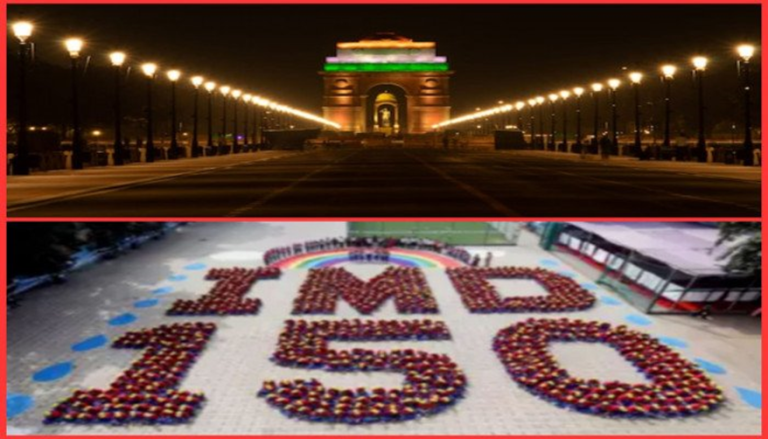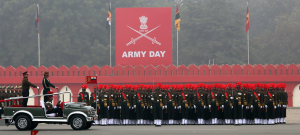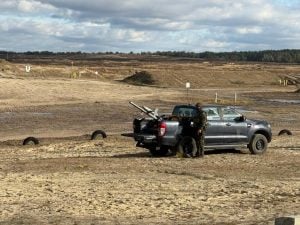Bengaluru police have registered a case under the stringent Unlawful Activities (Prevention) Act and Explosive Substances Act in connection with the explosion at the city’s popular eatery Rameshwaram Cafe on Friday afternoon.
Bomb Blast At Bangalore’s Rameshwaram Café
Bengaluru police have registered a case under the stringent Unlawful Activities (Prevention) Act and Explosive Substances Act in connection with the explosion at the city’s popular eatery Rameshwaram Cafe on Friday afternoon. Meanwhile, state Home Minister Dr G Parameshwara is set to hold a high-level meeting with Chief Minister Siddaramaiah and other top officials this afternoon to probe the matter. “We will arrest the accused as soon as possible,” he told.
Nine people were injured in the blast, which is believed to have been caused by an IED. CCTV footage has emerged showing a man carrying a bag inside the cafe, located in Bengaluru’s Whitefield area. Police sources said efforts were being made to identify the man, who had partially concealed his face. A day after a blast rocked the Rameshwaram Café in Bengaluru’s Whitefield area injuring at least nine people, CCTV footage has emerged of the suspect wearing a cap, glasses and a mask, around an hour before the explosion occurred at 12.56 pm on Friday.
What Are Improvised Explosive Devices
IEDs can be deployed using a vehicle, carried, placed, or thrown by a person, delivered in a package, or concealed on the roadside. While they have been in used for over a century, the term “IED” first entered common usage during the United States’ Iraq invasion (beginning in 2003), where such bombs were commonly used against US forces. An IED is basically a home-made bomb. According to a factsheet by the United States Department of Homeland Security, “because they are improvised, IEDs can come in many forms, ranging from a small pipe bomb to a sophisticated device capable of causing massive damage and loss of life.”
Components of an IED
Additionally, IEDs may be packed with additional materials or “enhancements” such as nails, glass, or metal fragments designed to increase the amount of shrapnel released by the explosion — and thus the damage it causes. Enhancement may also include hazardous materials such as toxic chemicals, or radio-active circumstances — an IED packed with, say, depleted Uranium will be colloquially called a “dirty bomb”. Each IED comprises a few basic components, which can come in various forms, depending on resources available to the bomb-maker. These include an initiator or a triggering mechanism, (which sets the explosion off), a switch (which arms the explosive), a main charge (which causes the explosion), a power source (since most IEDs contain an electric initiator, they require an electronic power source), and a container.
IED Blasts
Some notable instances of IEDs being used in the past include the 1993 Mumbai serial blasts, the 2008 Jaipur blasts, the 2006 Jama Masjid bombings, and the 2013 Bodh Gaya bombings. IEDs have also been commonly used by Maoist insurgents, and Kashmiri militants.



